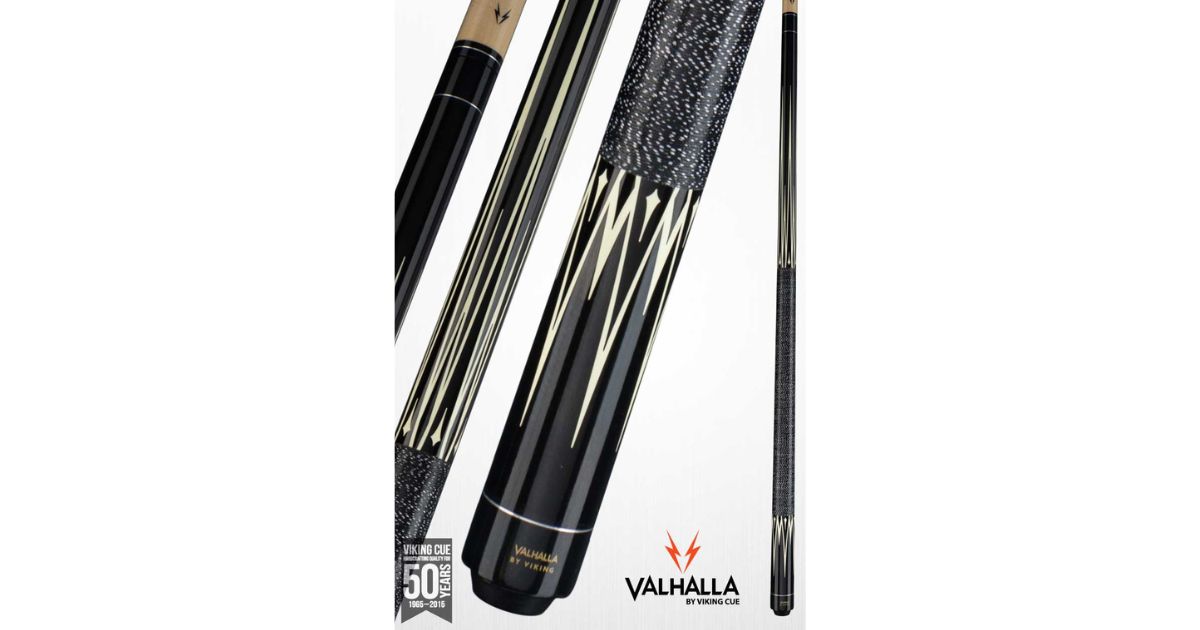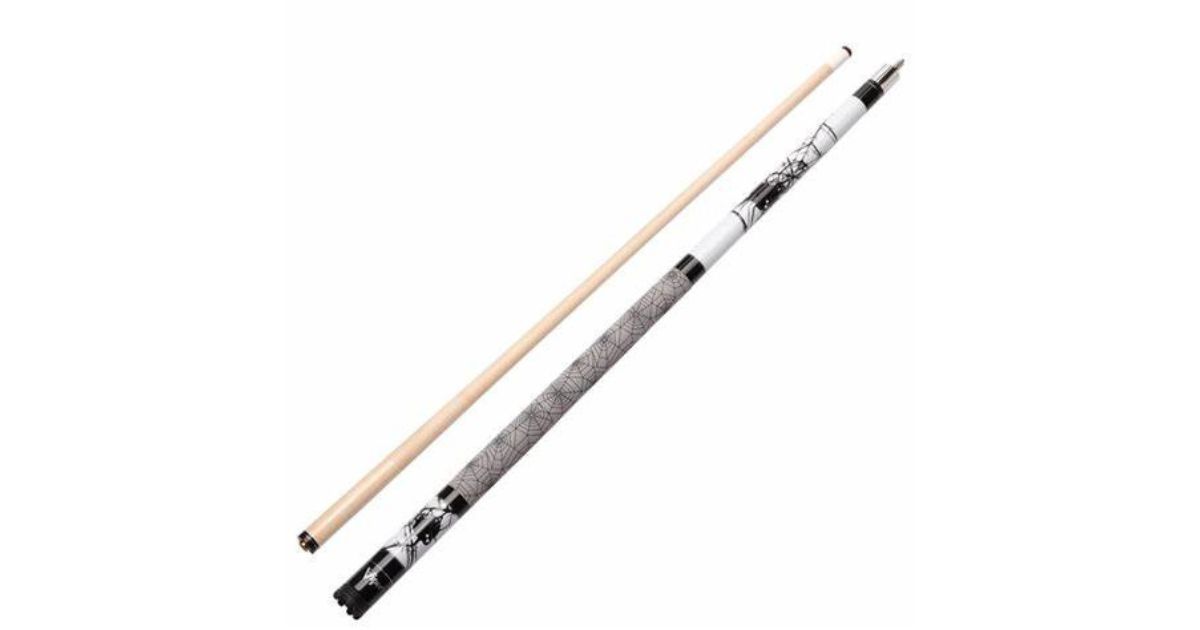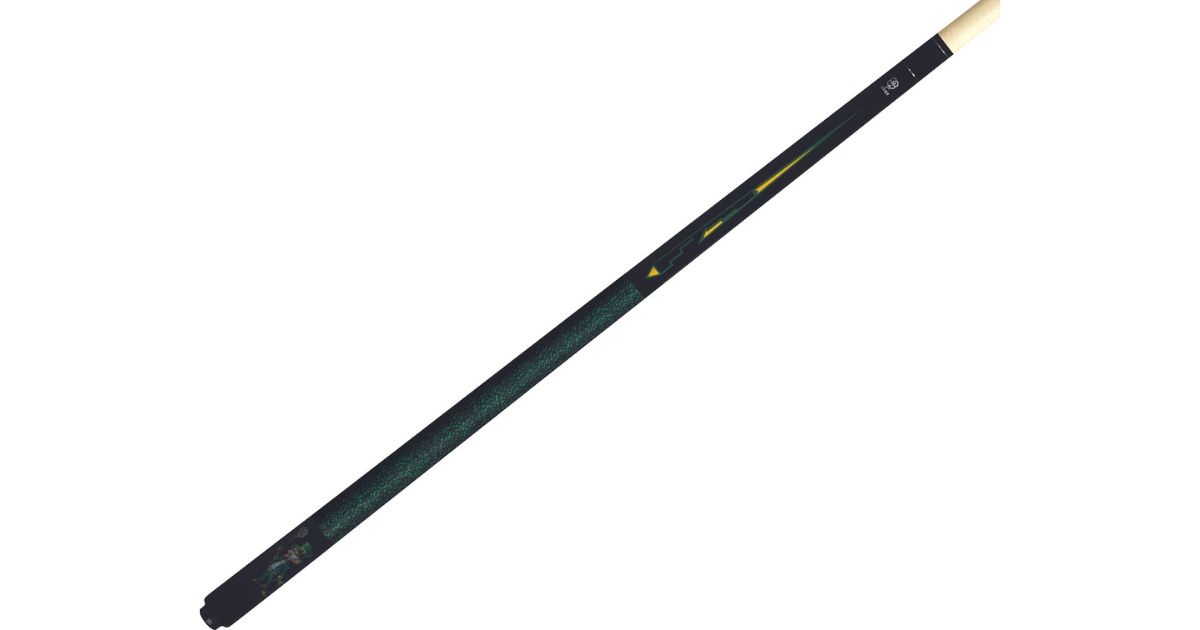Best Intermediate Pool Cues: Your Ultimate Guide To Leveling Up Your Game
Looking for the best intermediate pool cues? You’ve come to the right place, my friend. If you're serious about taking your pool game to the next level, having the right equipment is key. Whether you're a hobbyist or an aspiring pro, choosing the perfect cue stick can make all the difference in your performance. Let’s dive into what makes a great intermediate cue and how to find one that suits your style and budget.
Now, before we get into the nitty-gritty, let’s talk about why intermediate pool cues matter. As a player who’s moved past the beginner stage but not quite ready for pro-level gear, you need something that strikes the perfect balance between quality, durability, and affordability. Think of it like upgrading from a clunky old car to a sleek sedan—same function, but way better performance.
And hey, let’s be real here. A good cue isn’t just about looks; it’s about precision, feel, and consistency. In this guide, I’ll break down everything you need to know about intermediate cues, from materials and weight to brands and price ranges. By the end, you’ll have enough info to make a smart purchase decision—and maybe even start winning some friendly bets at the local bar!
Read also:Where Does Pope Francis Live Discover The Vaticans Hidden Gems
Table of Contents
- What Are Intermediate Pool Cues?
- Key Features to Look For in Intermediate Cues
- Best Materials for Intermediate Pool Cues
- Ideal Weight Range for Intermediate Cues
- Top Brands for Intermediate Pool Cues
- Price Ranges for Intermediate Cues
- Popular Models of Intermediate Cues
- How to Choose the Right Cue for You
- Maintenance Tips for Your Pool Cue
- Conclusion: Upgrade Your Game Today
What Are Intermediate Pool Cues?
Intermediate pool cues are designed for players who’ve outgrown their beginner sticks but aren’t quite ready for the high-end, pro-level cues. These cues offer a great blend of quality and value, making them perfect for anyone looking to improve their skills without breaking the bank. But what exactly sets these cues apart?
For starters, intermediate cues typically feature higher-quality materials than beginner models. They often come with better craftsmanship, more advanced technology, and enhanced ergonomics. Plus, they provide a smoother stroke and better control, which is essential for developing your technique. And let’s not forget—they look way cooler too!
Why Choose an Intermediate Cue?
Here’s the deal: if you’re still using a beginner cue, chances are you’re limiting your potential. Beginner cues are great for learning the basics, but they lack the precision and responsiveness needed for advanced play. An intermediate cue, on the other hand, gives you the tools to refine your game and take on tougher opponents.
- Improved accuracy and control
- Better feel and feedback
- Higher-quality materials
- More customization options
Key Features to Look For in Intermediate Cues
When shopping for an intermediate cue, there are several key features you should keep in mind. From the type of shaft to the finish of the cue, every detail plays a role in your overall performance. Let’s break it down:
Shaft Material
The shaft is arguably the most important part of any cue stick. For intermediate players, a high-quality maple or graphite shaft is usually the way to go. Maple offers a traditional feel with excellent responsiveness, while graphite provides a modern twist with added durability and stability.
Grip Comfort
Comfort matters, folks. A cue with a well-designed grip can reduce fatigue during long sessions and improve your overall shooting experience. Look for cues with wraps or silicone grips that offer a snug, secure fit.
Read also:Alix Tichelman The Rising Star Redefining Modern Entertainment
Joint Construction
The joint where the cue separates is another crucial factor. A well-made joint ensures proper alignment and prevents wobbling or misalignment. Most intermediate cues use metal-to-metal joints, which are both strong and reliable.
Best Materials for Intermediate Pool Cues
Materials play a huge role in the performance and longevity of your cue. Here’s a quick rundown of the top materials used in intermediate cues:
- Maple: Known for its straight grain and consistent performance, maple is a popular choice for intermediate players.
- Graphite: Offers superior durability and resistance to warping, making it ideal for frequent use.
- Ebonite: Provides a smooth, consistent surface for better shot execution.
Each material has its pros and cons, so it’s important to choose one that aligns with your playing style and preferences.
Ideal Weight Range for Intermediate Cues
Weight is another critical factor when selecting a cue. Most intermediate cues fall within the 18-21 ounce range, but the ideal weight depends on your personal preference and playing style.
Lighter cues (18-19 oz) are great for players who prioritize speed and finesse, while heavier cues (20-21 oz) offer more power and stability. Experiment with different weights to see what feels best for you.
Pro Tip:
Don’t forget to consider the balance point of the cue. A well-balanced cue can improve your aim and reduce strain during long games.
Top Brands for Intermediate Pool Cues
With so many brands out there, it can be tough to know where to start. Here are some of the top names in the intermediate cue market:
- Lucasi: Renowned for their innovative designs and top-notch quality.
- Cue Masters: Offers a wide range of affordable yet high-quality options.
- Spirit: Known for their stylish cues with excellent performance.
These brands consistently deliver products that meet the needs of intermediate players, so you can’t go wrong with any of them.
Price Ranges for Intermediate Cues
Budget is always a consideration when buying a new cue. Intermediate cues typically range from $100 to $300, depending on the brand, materials, and features. While higher-end models may offer additional perks, you can still find great value in the mid-range options.
How Much Should You Spend?
Here’s a rough guideline:
- $100-$150: Entry-level intermediate cues with solid performance.
- $150-$250: Mid-range cues with enhanced features and better materials.
- $250-$300: Premium intermediate cues with top-tier craftsmanship.
Remember, it’s not always about spending the most—it’s about finding the right cue for your needs.
Popular Models of Intermediate Cues
Now, let’s take a look at some of the most popular intermediate cue models on the market:
Lucasi Hybrid Cues
With their unique hybrid construction, Lucasi cues combine the best of both worlds—traditional craftsmanship and modern technology. Their intermediate models offer exceptional performance and style at an affordable price.
Spirit Elite Series
The Spirit Elite Series is all about sleek design and precision engineering. These cues feature high-quality materials and advanced features, making them a favorite among intermediate players.
How to Choose the Right Cue for You
Choosing the right intermediate cue can feel overwhelming, but it doesn’t have to be. Here’s a step-by-step guide to help you make the best decision:
- Identify your playing style and preferences.
- Set a budget and stick to it.
- Research brands and models that fit your criteria.
- Test out different cues at a local shop or event.
- Read reviews and compare features before making a final decision.
Trust your instincts and go with a cue that feels right for you. After all, it’s your game, and your cue should reflect that.
Maintenance Tips for Your Pool Cue
Once you’ve invested in a quality intermediate cue, it’s important to take care of it properly. Here are some maintenance tips to keep your cue in top shape:
- Always store your cue in a protective case when not in use.
- Regularly clean the shaft with a soft cloth to remove dirt and oils.
- Check the tip and ferrule regularly for wear and tear.
- Avoid exposing your cue to extreme temperatures or humidity.
A well-maintained cue will last longer and perform better, so don’t skimp on the upkeep!
Conclusion: Upgrade Your Game Today
There you have it—your ultimate guide to finding the best intermediate pool cues. Whether you’re a casual player or a serious competitor, investing in the right cue can make a world of difference in your game. Remember to focus on quality, comfort, and value when making your decision.
So, what are you waiting for? Head out and grab yourself a new cue today! And don’t forget to share your thoughts and experiences in the comments below. Who knows—you might just inspire someone else to take their game to the next level too.
Article Recommendations


